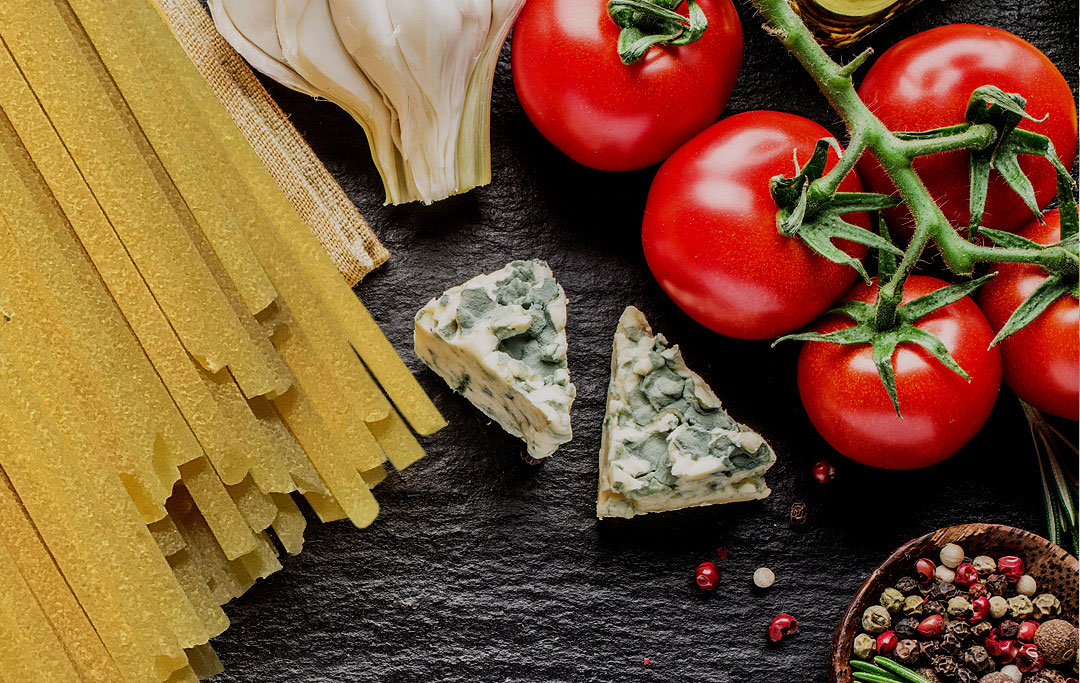The Italian Parmigiano-Reggiano has been holding the title of the “King of Cheeses” since the 13th century. The authentic cheese name comes from two main producing provinces: Parma and Reggio Emilia. The word Parmesan, which is widespread in the world, is a French version of the Italian name – Parmigiano-Reggiano.
Parmesan is a perfect match for a wide variety of foods and is very good for health. Parmesan has the highest content of nutrients, micro-and macro elements (phosphorus, potassium, magnesium and zinc), as well as vitamins of groups A, В, D and РР. 57 grams of cheese per day are enough to provide 67% of recommended daily calcium intake. Parmesan is an excellent source of protein and contains all nine essential amino acids.
This gastronomic friendship has developed historically. And no one is taken to destroy it. After all, it is in this tandem that the best traditions of production, benefits and high quality harmoniously combine.
Let us take a closer look at what makes Parmigiano-Reggiano so unique and how to use it for cooking delicious Italian pasta.
If authentic pasta is made of flour and water, then authentic Parmesan is made of fresh milk and sourdough. Salt is the only preservative in Parmesan. It gives the right taste and ensures long-term storage of Parmesan since it ripens for 12 to 36 months. As a result, cheese gets a sharp-salty taste with hints of nuts and fruits. Furthermore, the older the product is the deeper aroma with hazelnut notes it has.








